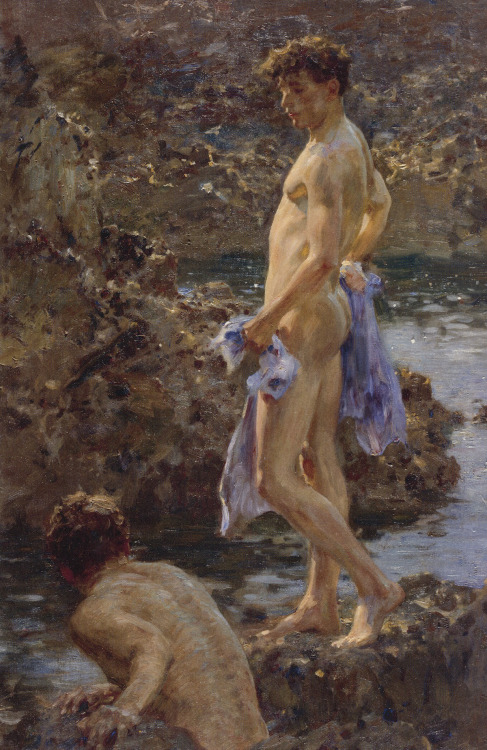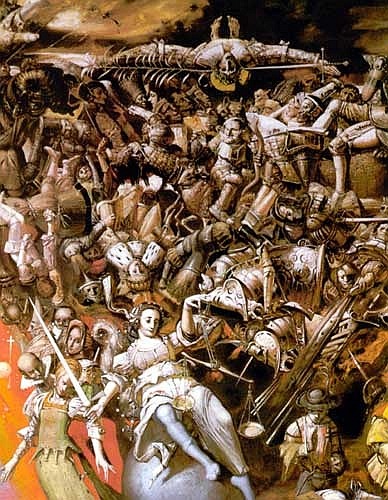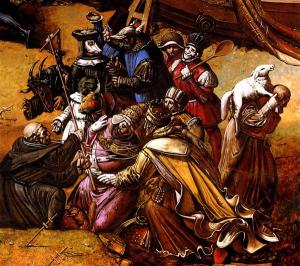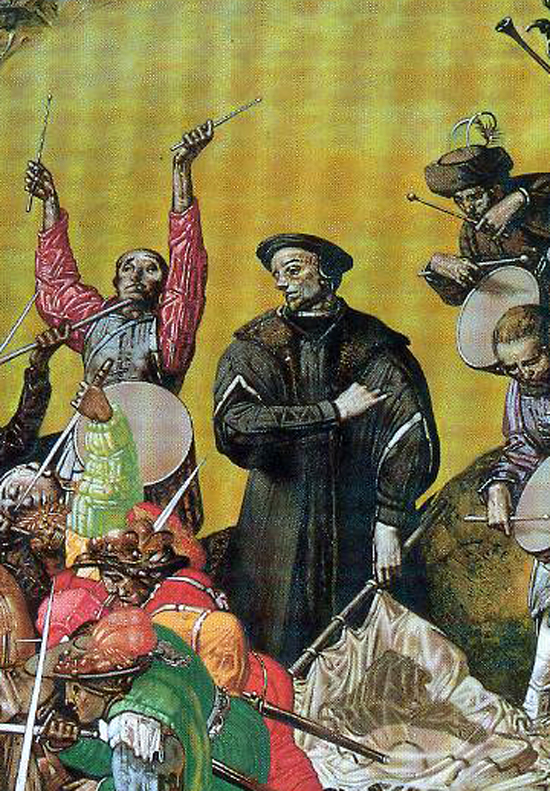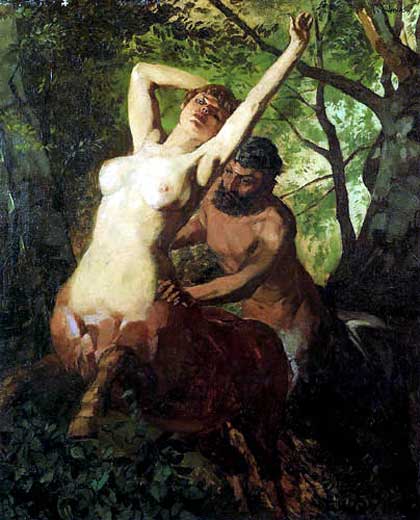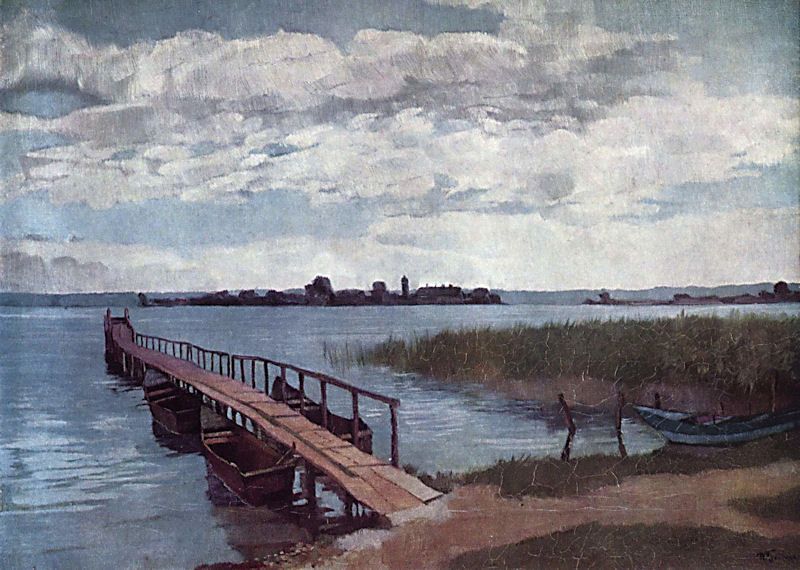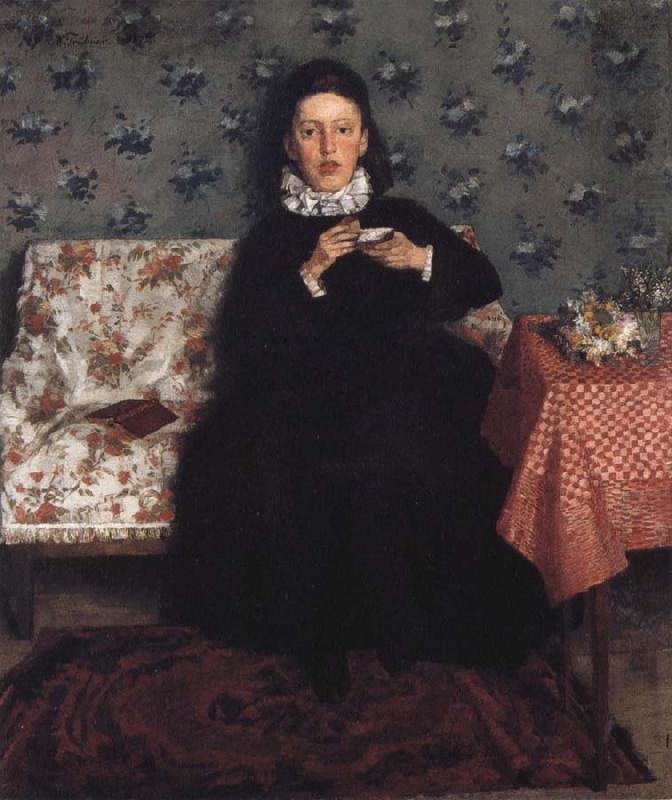Dwight William Tryon
Dwight William Tryon (August 13, 1849 – July 1, 1925) was an American landscape painter in the late 19th and early 20th centuries. His work was influenced by James McNeill Whistler, and he is best known for his landscapes and seascapes painted in a tonalist style.Tryon was born in Hartford, Connecticut. His father was killed in a gun accident before Tryon reached four years of age, and Tryon was raised by his mother on his grandparent's farm in East Hartford. His interest in art evolved naturally. As a young man Tryon took a job at a prominent Hartford bookstore and studied art instruction manuals from the store shelves.
Dwight William Tryon
Dwight William Tryon


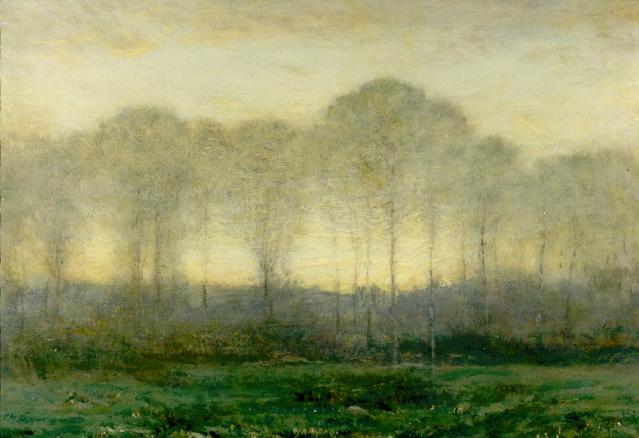



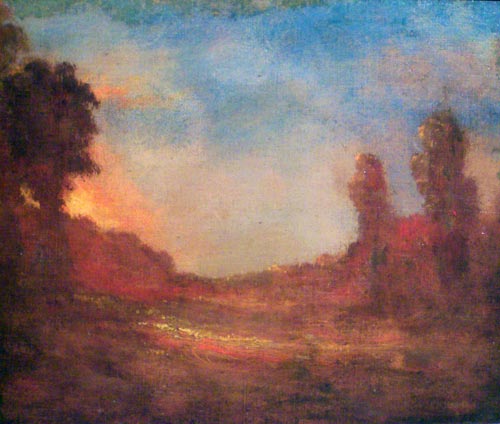
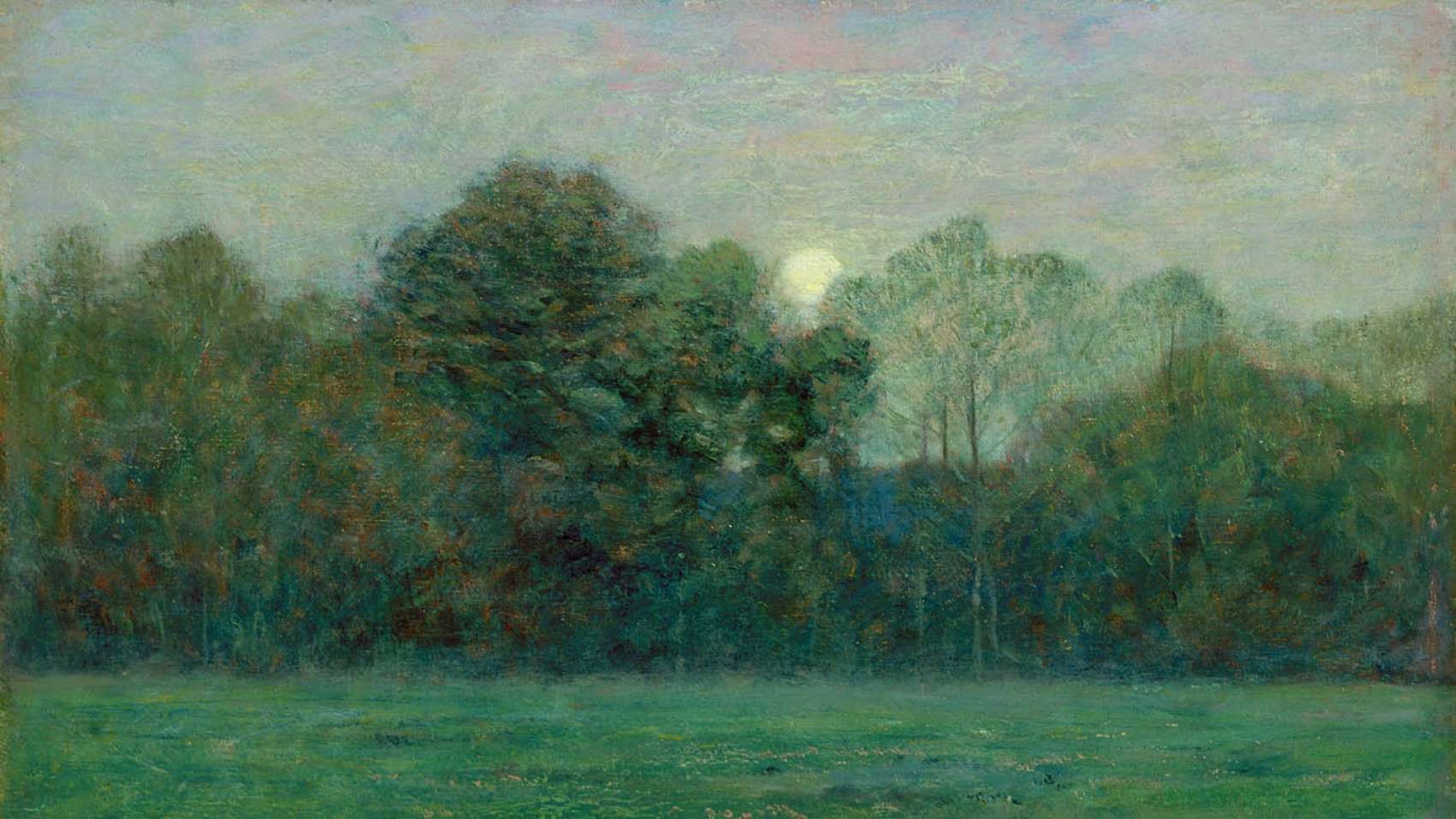



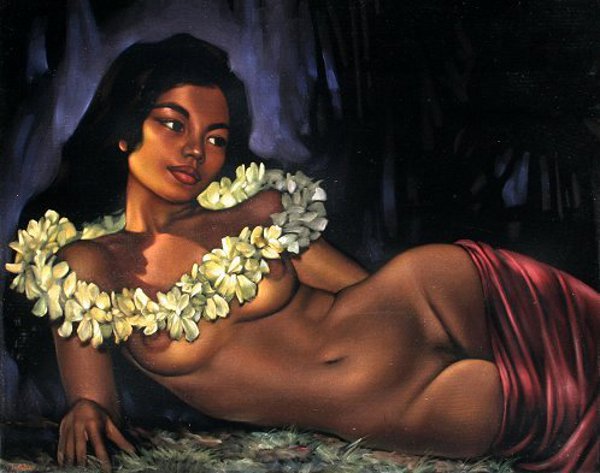
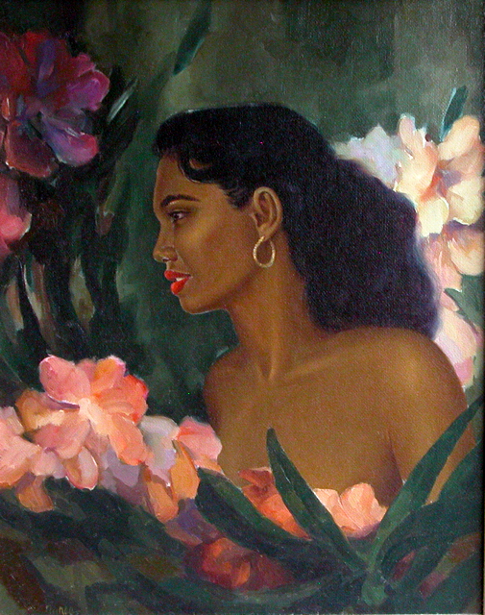



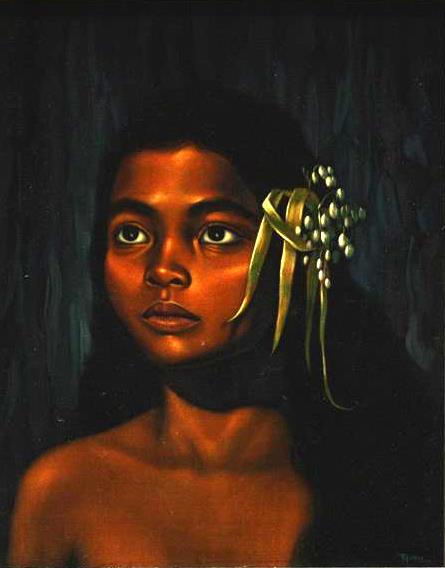



,_%22The_Bathers%22.jpg/200px-Tuke,_Henry_Scott_(1858%E2%80%931929),_%22The_Bathers%22.jpg)

/Tuke_Henry_Scott_Ruby_Gold_And_Malachite.jpg)





